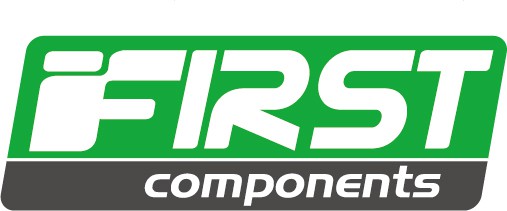Coming at the end of Q1 each year and as the first of the two major bike shows every year (the other being Eurobike straddling Q2/Q3), Taipei Cycle is a representative snapshot of e-bike-related technical developments at the outset of every year.
This month we take a look at where the industry stands having come out of Taipei Cycle and now heading into Eurobike.
Contents
AI Snapshot
The 2024 edition of Hannover Messe saw Amazon Web Services presented an integrated vision of AI-powered manufacturing. Autonomous assembly lines, workflows optimized by machine learning algorithms including microscopic defect detection in the context of a macro view of supply chains that dynamically adjust to worldwide patterns of demand. In short, a demonstration of a system that Amazon relies on and what is becoming the norm: AI + IoT apps on a superstructure of cloud and edge computing. A hypothetical example, AWSome e-Bikes, showcased what was possible.
While companies like Amazon, Bosch, and Taiwan’s Foxconn are moving ahead with this, the bike industry generally has been a little slower on the uptake in which the bigger players tend to be in the vanguard.
RibbleGPT was probably the quickest off the blocks, and has been providing AI-assisted personalized bike design and manufacturing since shortly after the seminal emergence of LLMs such as ChatGPT at the end of 2022. Giant is using AI-assisted aluminum processing in aluminum frame manufacturing based on exactly precise control of cuts and welds which is especially important in e-bike frame making to ensure precise motor and battery fit.
Tektro incorporated AI into their processes towards the end of 2024, using AI to assist in design related work particularly in relation to firmware/software development and to assist in project management, a use case which is probably standard for most companies in most verticals at this point in the adoption of AI. They are currently looking at incorporating AI into manufacturing systems and warehousing. In the adoption curve you would expect most of the larger players to have done this sooner than later. Decathlon have partnered with Autodesk to optimize their usage of generative AI design in development processes the aim being to reduce carbon emissions.
NUVO are in the process of completing a new state-of-the-art “green” factory at Changhua. AI will be used to manage the building’s energy efficiency, by monitoring and optimising lighting along with heating and cooling.
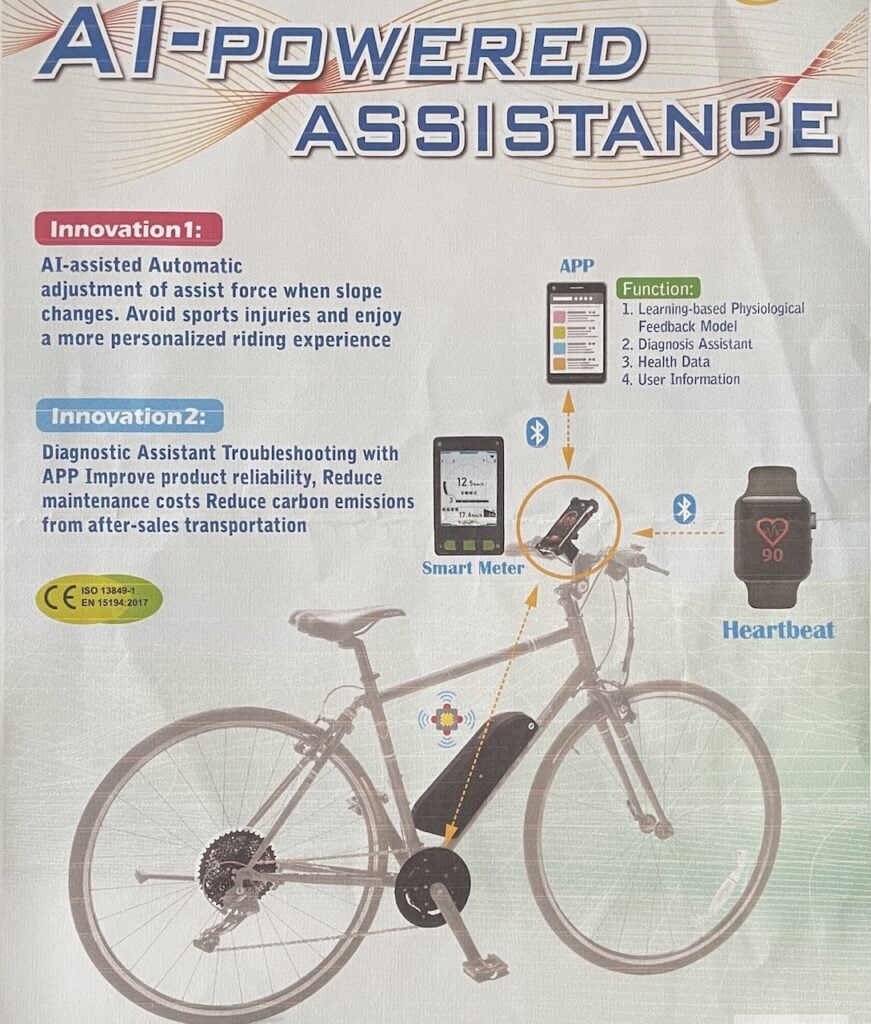
“The future is already here—it’s just not evenly distributed” the observation attributed to science fiction writer and futurist William Gibson certainly describes the impact and uptake of AI right now in most industries and especially the bicycle industry.
A closer look into AI claims usually reveals a mundane use case that differs little from what everyone else has access to and hasn’t bothered to talk up. Let’s see where we are with all this a year from now although it’s likely to be a good five years until real transformative effects become obvious. And then it will be in the field of manufacturing processes with AI automated frame factories and the like.
Cargo Bikes
Once occupying a quiet corner of the bike world, cargo bikes have particularly benefited from the electrification. The classic bucket bikes led the way in an increasing process of diversification. The long tail category has been a focus of much development in recent years. Now a range of more compact models many with smaller wheels resembling beefed up folding bikes and perhaps stretching the application of “cargo bike” to its limit. Designed to carry loads around town, they are targeted to urban environments and second car replacements.
Giant’s subbrand, Momentum, is a representative snapshot of the range. The aptly named CompaktE+ can carry up to 42kg and has the option of the front rack and even a rear trailer.
/cloudfront-us-east-1.images.arcpublishing.com/octane/NFFI5GBN2VHURB5P3MFIYNPF6I.jpg)
Momentum’s PakYak E has a top speed of 45kmh over 5 levels of power assist but weighs in at a hefty 49 kg. The 24” x 2.5” tires provide a smooth ride . . . and a safe one when faced with a rough patch of road. The range of accessories also means buyers can fine tune the bike to fit particular purposes. The Specialized Globe Hall ST is one that fits here—heavy but versatile and the quintessential second car substitute.

Merida’s eFLOAT HD 29” wheels technically rule it out of this new category. Yet the urban-about-town functionality and cargo carrying capacity is representative.
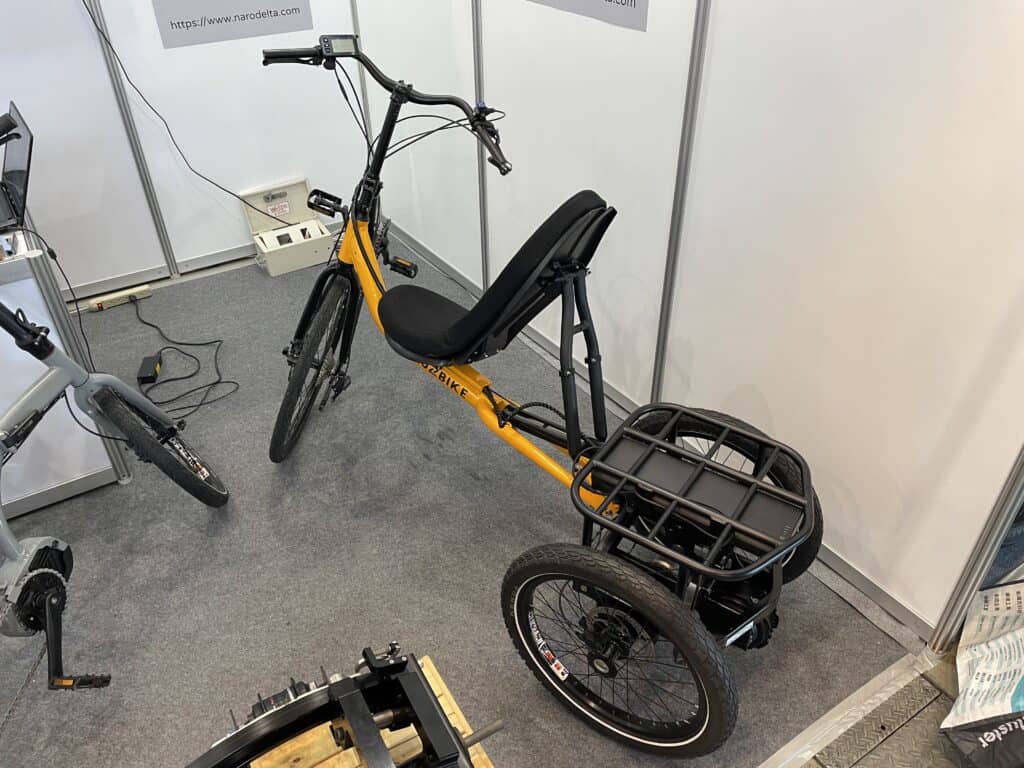
As a tricycle, Naro Delta lives on the far side of this category. The unique element is the leaning mechanism built into the rear rack. The logic of this design appears to be counterbalancing of loads through tight corners.
Notable
Revoltz’s Porto won a d&i award at Taipei Cycle in March.
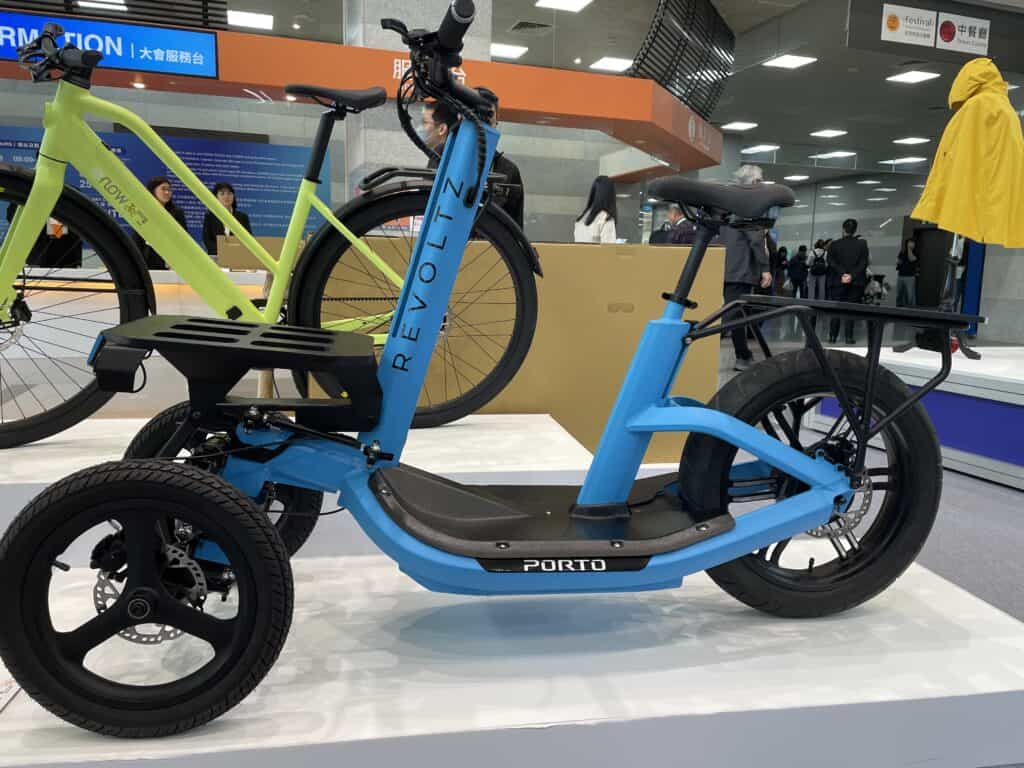
A modular e-cargo bike with a tilting frame: like the narodelta—tricycle, tilting. Could we be seeing a move towards the three-wheelers? Including the tilting function with a low center of gravity for heavy loads over the last mile. The step-through frame is an especially thoughtful edition: delivery riders can slip on and off with ease. The tilting frame maximizes cargo space over the front and back wheels.
New E-drive Systems
Not long ago it seems, the e-bike motorscape was dominated by a few names in which Bosch was being pursued by Shimano. While the big brands command hefty market share, new players have risen to prominence although many of them have the backing of giant electronics firms for whom dabbling in the bike industry is a distraction (especially in light of the post-Covid woes of the bike industry) as much as it represents a serious stream of income.
Related to this, an essential element to success in the e-bike motor vertical is probably after-sales service. The existence of a support network for dealers who can, in turn, reliably and professionally (they look like they know what they are doing with complex electronics) take care of customer concerns and component malfunctions is paramount. The big players all have well-established support structures in place with newbies—Taiwan’s Delta Electronics for example—being able to adapt their existing worldwide networks to include support for this new niche.
Delta has had an e-bike motor in development for several years which will hit the market later this year. Extensive testing and feedback identified minor “noise” problems which has held up the motor’s entry into the market. In the meantime they beefed up the torque from 90 Nm to 100.
Indeed, increasing torque is a major battlefield for brands—going 10 Nm up on your rivals gives your brand an edge. Automatic shifting and magnesium housings are also becoming important in attracting consumer attention. Hub motors have also been making a comeback over the last year or so.
Taiwan’s Sinbon Electronics was established in 1989 as a manufacturer of wire and cable assemblies for laptop computers. They expanded into data acquisition, computer peripherals, automotive electronics, aerospace, industrial control, medical devices, green energy, and communication applications. Now add e-bike motors to the list.
Sinbon delivers tailored e-bike integrations with their latest 250W Coaxial mid-drive. Coaxial refers to the arrangement of the motor’s output shaft in line with the bottom bracket spindle. Completely Made in Taiwan (MIT), the motor delivers 85 Nm of torque and weighs 2.5 kg. Not bad since it houses an interplanetary gear system consistent with the trend to move towards geared motors.
Shimano have expanded their already wide range with the EP5 and EP5100 systems. The EP5 is not aiming for the cutting edge in the same way that legacy electronics companies (Delta, Sinbon) are. It features 60 Nm of torque and weighs 3 kg, a unit that operates adequately across a variety of terrains and in a variety of models.
EP5100 has commuters in mind: 50 Nm max torque but only 2.4 kg. The unit is compatible with various braking systems: V brake, disc brake, roller brake and even good old coaster brakes. It also supports Auto Shift technology for internal hub gears.
Yamaha’s PW-XM targets the high-end eMTB market. Compatible with the existing PW-X3 and PW series S2 drives, brands can create three different bikes with the same frame design. The magnesium housing keeps the weight to 2.6 kg and the 85 Nm torque makes it the highest torque-to-weight in the Yamaha range.
As a world leader in micro-drive motor systems and 20 years automotive experience, as well smart home technology and medical engineering expertise, Zhaowei’s Preeto three high-performance mid-drives are impressive.
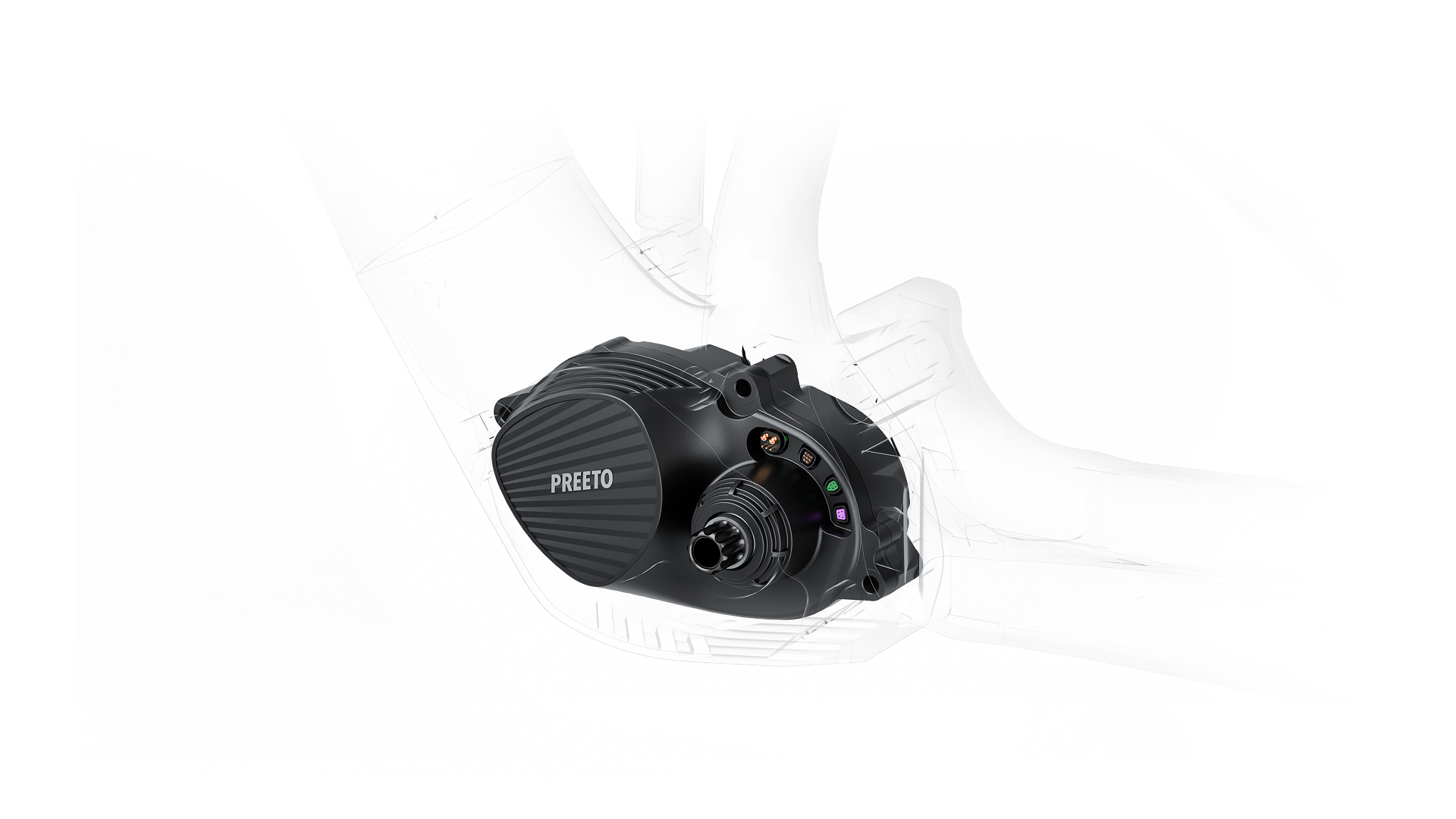
The Preeto P60 weighs 1.96 kg, has a peak output of 550 W and 60 Nm of torque with an emphasis on low-noise output. The beefier P90 (90 Nm) delivers 750 W peak power output. The P110 gives you 110 Nm of torque, 750 W peak power. Polymer plastic and unique gear design is their way to keep noise to a minimum.
- Hyena introduced the MRC-F250 thru-axle motor designed for e-road bikes delivers 35 Nm torque at a 2 kg weight penalty.
- Bafang showcased the H730 hub motor featuring their patented Gear Variable Transmission 3-speed gearbox which auto-shifts depending on a rider’s speed.
- Taichung-based Kynamic introduced their ePure designed to integrate seamlessly into whatever component configuration a brand has in mind. 180 Wh battery, HMI, 250 Wh thru-axle drive delivering 30 Nm of torque
- Ananda and L-Twoo’s stars have been rising: Ananda revealed their move into mass production mode for their R/F400; L-Twoo’s introduced a 1.38 kg compact rear hub motor.
- Da Shiang Automation’sDT Boost new range the lightest of which is aimed at e-road and e-gravel with a weight penalty of 1.5 kg delivering 23 Nm of torque which they say is the equivalent to a 55 Nm torque mid-drive.
The future of innovative, high-performance mid- and hub-drives will be dominated by these well-established brands who may well be on the lookout for promising startup tech, for anyone thinking along those lines. Better than going head to head with them, a battle minnows will be unlikely to win.
Taiwan’s Mobiltron Electronics known for power tools launched two new drives this year under the Durofix brand, aimed at city, trekking/cargo bikes: 36V 130Nm and the beefy 48V 200Nm for cargo bikes and a choice of 500wh or 1000Wh batteries. Admitting the competition is fierce, the company is confident nevertheless given their background in powertools.
Lightweight eMTB vs Full Power
eMTBs led the way in the modern e-bike boom around a decade ago. With rapid development in bike design let alone motor variation in tandem with the continued introduction of new models and variants to a community increasingly comfortable with putting motors on their steeds, it was only a matter of time before weight became an issue again. On the other hand, if lightweight is not your schtick, then high-powered long range awaits. Here are some representative samples.
Merida’s eONE-SIXTY and eONE-EIGHTY stand out. The eONE-SIXTY SL a 19.5 kg carbon build 55 Nm Bosch SX and the ability to swap the 29 rear wheel for a 27.5 inch. The eONE-EIGHTY goes full send on robust with an alloy frame 800 Wh battery with optional 250 Wh range extender supplying the juice to the 85 Nm Bosch CX drive.
Xross DX6Di2 groups Shimano’s Deore XT Di2 and 70 Nm E8000 motor, along with DT Swiss M1900 Boost wheels
KTM Machina Prowler incorporates their SSL (Straight Line Link) suspension where “direct force application to the suspension reduces loads on the bearings and the frame. Coupled with the low transmission ratio and a very supple rear end allows it to be adapted to the weight of the rider.
Dorcus [Image from 2024 Dorcus range] always stand out with a massive exhibit of models every year. A notable standout is the eJump a 26 inch wheel with Bafang G0210 rear hub motor powered by a 420 Wh battery, along with an 8-speed jump transmission.
Joyland Hammer Style fat tire eMTB is full suspension, 26 inch wheels , 1000W mid-drive 10 speed transmission with five levels of assist. Weighing in at 35 kg, the power is the point—longer distances over tough terrain.
What a contrast with the Litzmo EM-05 pro’s 17.5 kg. Litzmo are carbon specialists and the frame weighs in at 2 kg. The 340 Wh battery is small, but the lightweight and efficiency of the bike gives a 100 km range.
Batteries
Battery development is key to advances in e-bike design and mid-decade we find an increasingly diverse field.
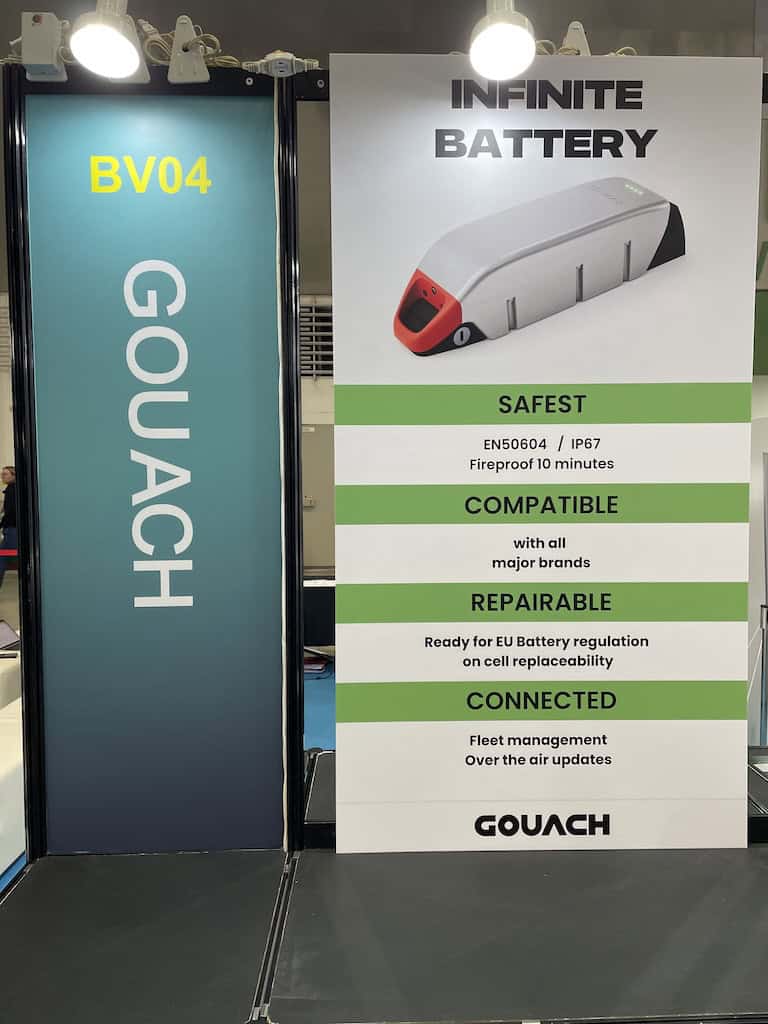
One of the most innovative developments came in the 2023 d&i award given to Alexandre Valette’s Gouach battery which received the Green Prize that year. It featured the ability to quickly change individual battery cells thus massively extending the life of any battery incorporating it. A fully developed model was one of the Bike Startups at this year’s Taipei Cycle. Given the appraisal of the technology as groundbreaking especially given the, you might have expected the technology to have been bought by an established player to significantly enhance their green credentials.
Meanwhile Hyena E-bike systems have brought their latest 36V and 48V models, designed for a broad range of e-bikes to the market featuring enhanced waterproofing along with easy attachment and removal.
Hyena has teamed up with lithium specialist C-Tech which has a track record of designing battery systems for the 3C/IT sector. C-Tech is applying its ThermoGuard technology for enhanced heat dissipation and flame containment. While still in testing, applications are likely to appear soon enough.
As one of the OGs, Greenway (founded in 2006), is focused on sustainability, safety, and smart technology and their non-welding pack design that allows for easy cell replacement. A key product this year was the SH07 bottle battery, a 360Wh/36V ultra-compact unit, lockable too.
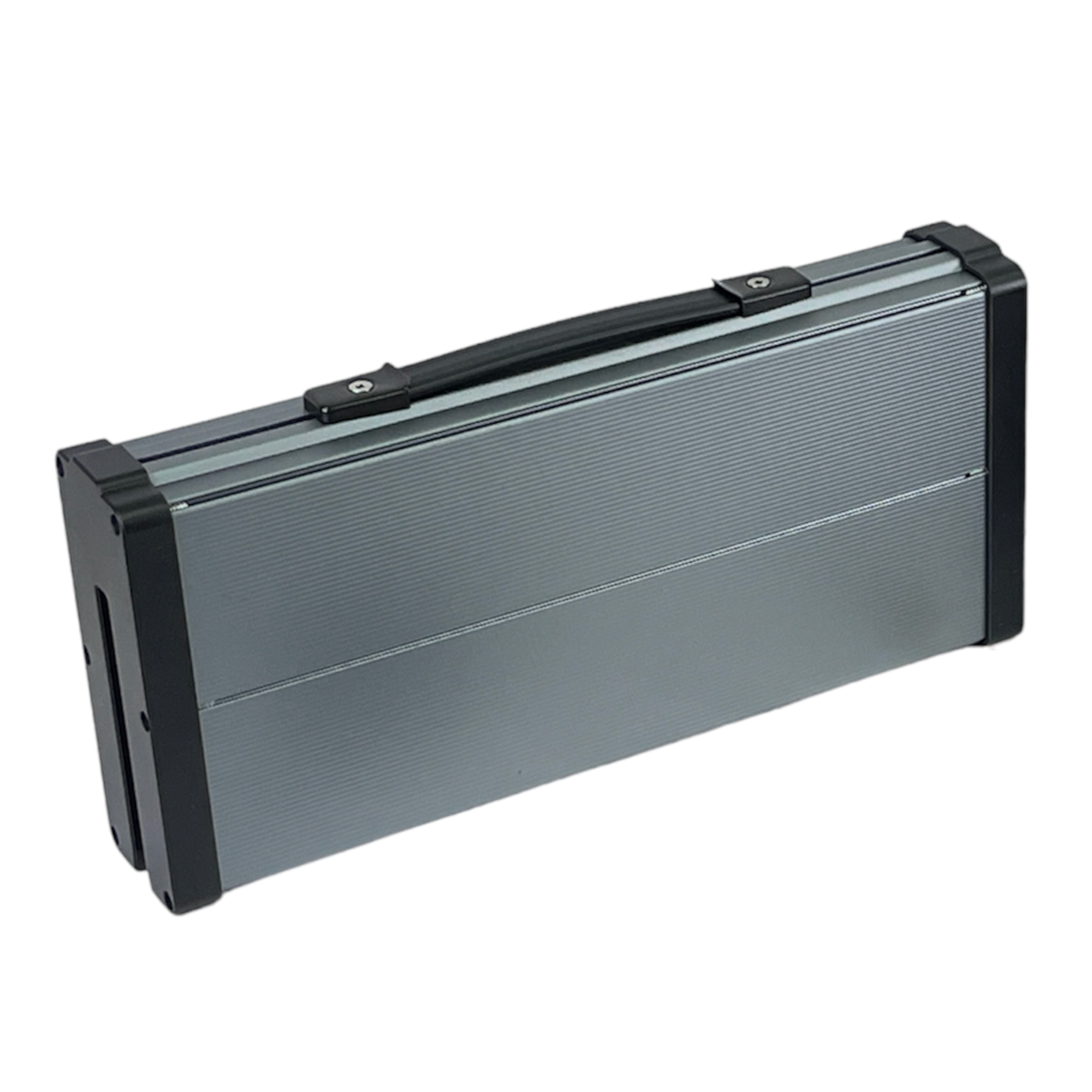
GWA Energy concentrates on developing e-bike systems with a particular focus on e-cargo bikes. Their integrated system features high-torque dual-drive power and autoshift transmissions. The UX 48800 e-cargo battery pack delivers 48v and 800Wh of power, is conveniently portable, shaped as it is like a suitcase. Able to handle single and dual motor e-cargo systems it uses Tier 1 lithium cells from Panasonic, LG, and SDI. Efficiency and convenience are the hallmarks of this made-for-e-cargo unit.
Legacy electronics companies, of course, continue to innovate. SEGL Energy produces energy storage and UPS systems for a wide range of verticals. They also offer a wide range of battery solutions.
Trend Power Technology have only recently arrived on the e-bike scene. An electronics powerhouse (literally of course), they are strong on R&D and innovation, one new model this year being a 48V 780Wh battery designed to suit a wide variety of e-bikes. The battery fixation system enhances compatibility and USB PD3.1 charging technology enables batteries to also service mobile devices as a power bank.
Veloroof Electronics covers both e-bike controllers and battery systems. Latest innovations include adaptive power optimization and real-time data analytics. They also showcased a BMS for energy storage at scale and battery longevity. A USB-PD integrated battery unit offers bidirectional charging for supplying power to external devices, something that is certainly a trend.
So that’s the view just before this year’s Eurobike. The trend towards lighter, more powerful, and integrated shifting (gearbox) is gathering pace. Expect the iteration to continue, and the competition grow even more fierce.
